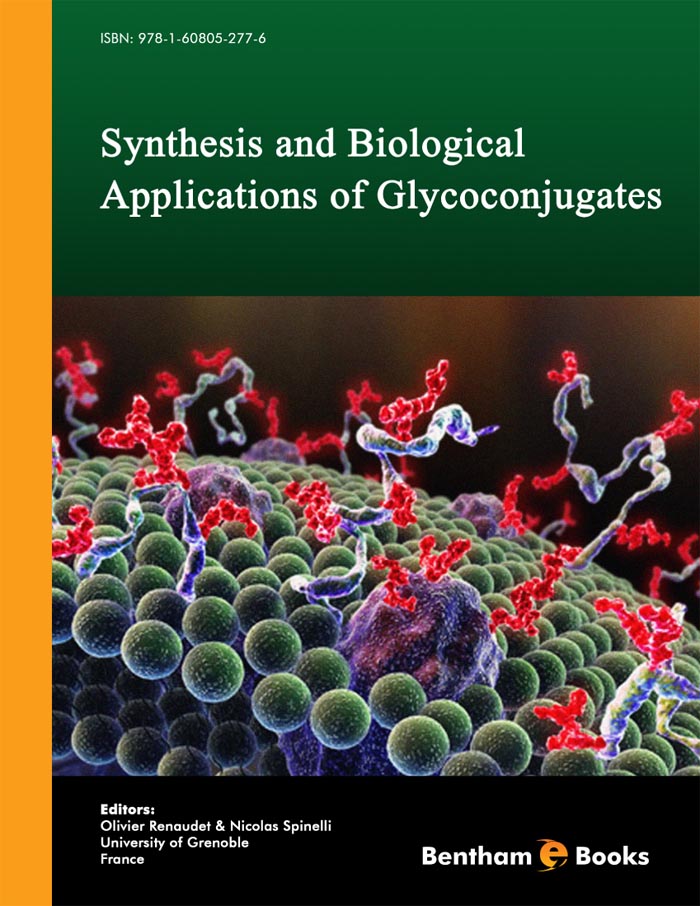Attachment of carbohydrates in all its forms is a strategy exploited by both nature and those that study nature. Since the first reviews over 70 years ago the importance of this critically modulating and even defining role has long been recognized by who those study them. The very presence of carbohydrate units in naturally occurring structures and their mimetics has a dramatic effect on their physical, chemical and biological properties. Glycoscience is by necessity broad in the range of techniques that it encompasses and I have argued for over ten years that in this context the sometimes-applied and somewhat artificial distinction between "chemical" and "biological" techniques is unhelpful.
This has never been the case – we are reaching a stage in the field where remarkable techniques are able to make even some very large naturally relevant glycoconjugates. Moreover, through these methods and the design of some remarkable molecular experimental approaches, we are using these glycoconjugates to unpick the many dazzling and exciting roles that carbohydrates play in Biology and Medicine.
This book highlights this superbly. Drs Renaudet and Spinelli have assembled an outstanding collection of excellent and relevant reviews written by leading protagonists in the field that complement each other superbly. Together they provide a wonderful account of the current state-of-the-art.
Vital current targets illustrate what might and will be achieved through both analysis and understanding. Many pathogens exploit the display of carbohydrates on host cell surfaces to gain entry. Imberty and Lindhorst, in their chapters, have described some of the most current and relevant examples. Integral to the approaches they have analyzed is a fundamental molecular analysis of the binding of sugars to proteins. This has been excellently amplified by the chapter of Goyer and Labbé, which describes some of the most pertinent quantitative techniques in current use, and by the several chapters that show how this understanding can be directly related to application. These include the design of inhibitors of bacterial toxins, superbly analyzed by Turnbull and Hayes, and ligands for the important mammalian galectins, the study of which Vidal summarizes superbly.
Use of well-defined scaffolds is an essential element if this study and exploitation is to be precise. Various platforms have been analyzed here: fullerenes (Roy and Chabre), dendritic clusters (Reymond and Darbre), calixarenes (Casnati et al.), cyclic peptides (Renaudet et al.) and even nucleic acids (Spinelli and Defrancq). All highlight longer-term applications, especially in applications that may allow probing of interactions in whole organisms, and these are especially elegantly drawn out in the chapter by Penadés et al. that consider particles of many relevant types.
Typically syntheses of glycoconjugates adopt one of two strategies. The first strategy is the formation of the glycan-aglycone link early, to form, for example, glycosylated building blocks such as glycosides, glycopeptides or glycosylated dendritic wedges, that may then be assembled. While, of course, chemical methods can create glycosidic bonds in a number of ways, the use of biocatalysts can bring with it advantages of selectivity and efficiency; Křen’s chapter highlights this utility well. The second strategy is formation of the link later on in the synthesis once the scaffold for its presentation is in place. Given the instability that may be associated with the link and the requirements for protection that need to be considered in the use of glycosylated building blocks, it is clear why the latter has often seemed the most attractive option. Peri has deftly summarized a broad range of methods for this late stage approach as applied to many useful platform types. Nativi et al. have delineated an emerging area that could allow access to glycomimetics based on the use of glycals in cycloadditions.
Together, these chapters give a powerful insight into the elucidation of the mechanism by which sugar-binding takes place, the tools used to probe into it and its consequences. This science has driven and continues to drive the synthesis and technology of glycoconjugates. These are the new tools of the glycobiology trade and I believe only the very start of an era of emerging diagnostics and therapeutics.
Prof. Ben Davis
University of Oxford
UK

